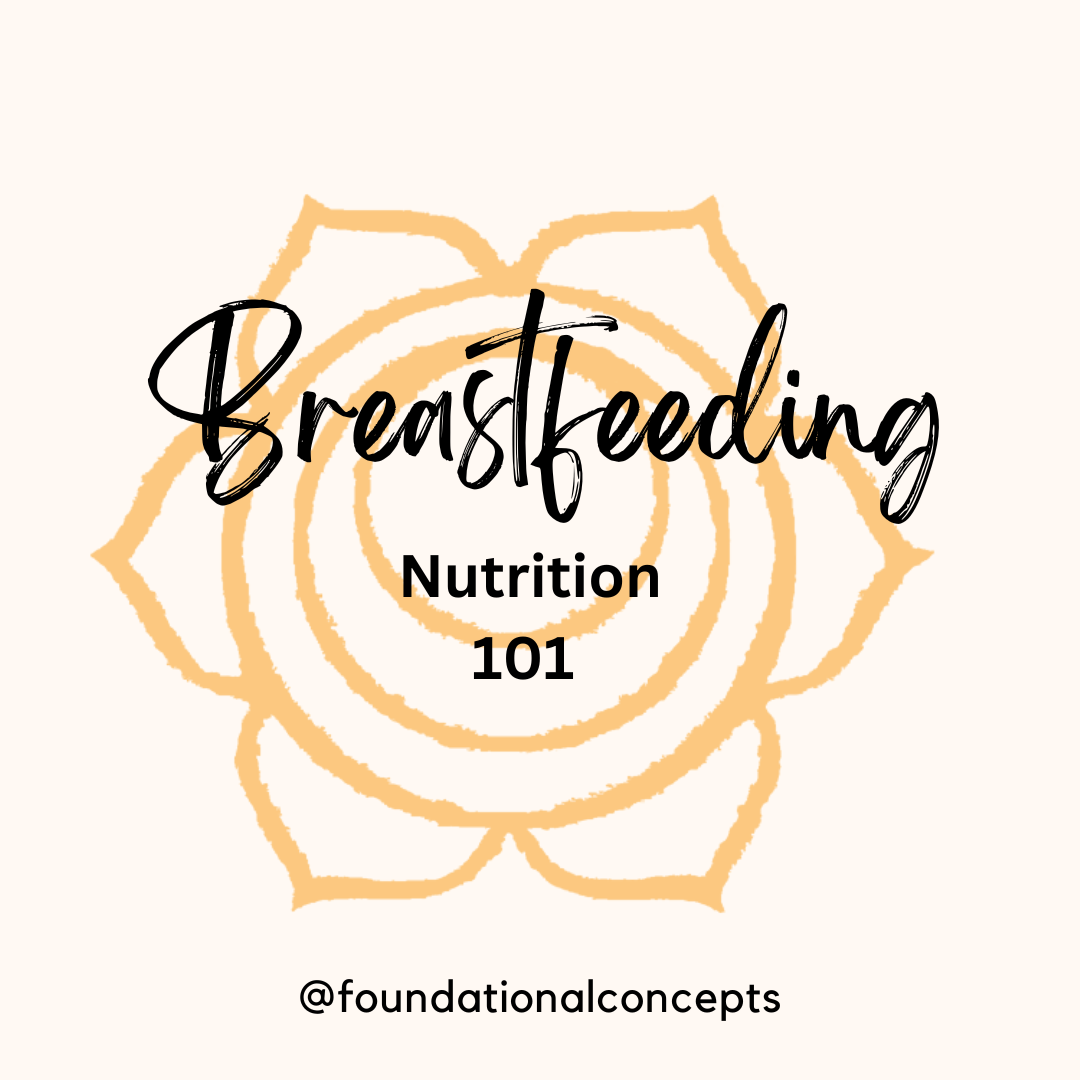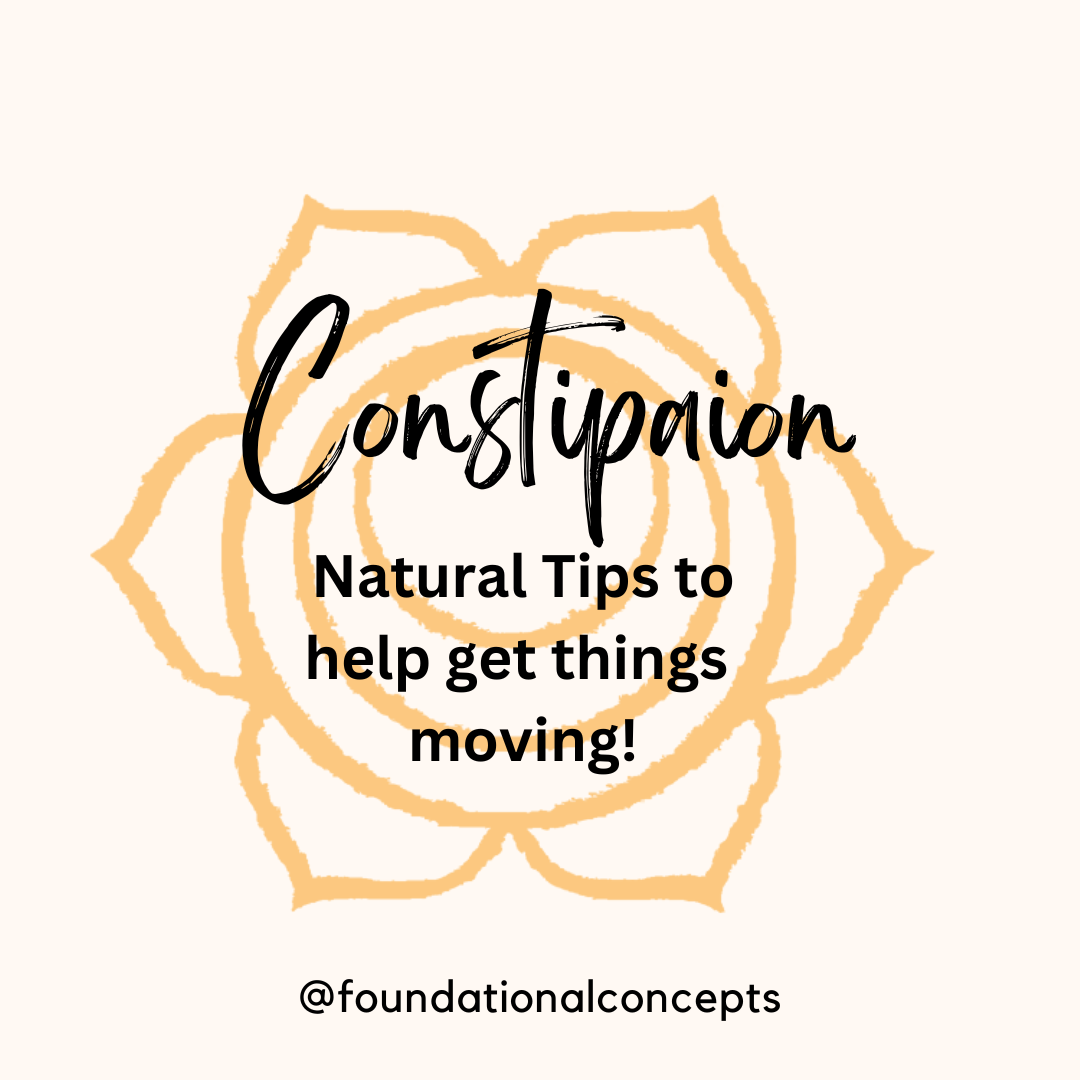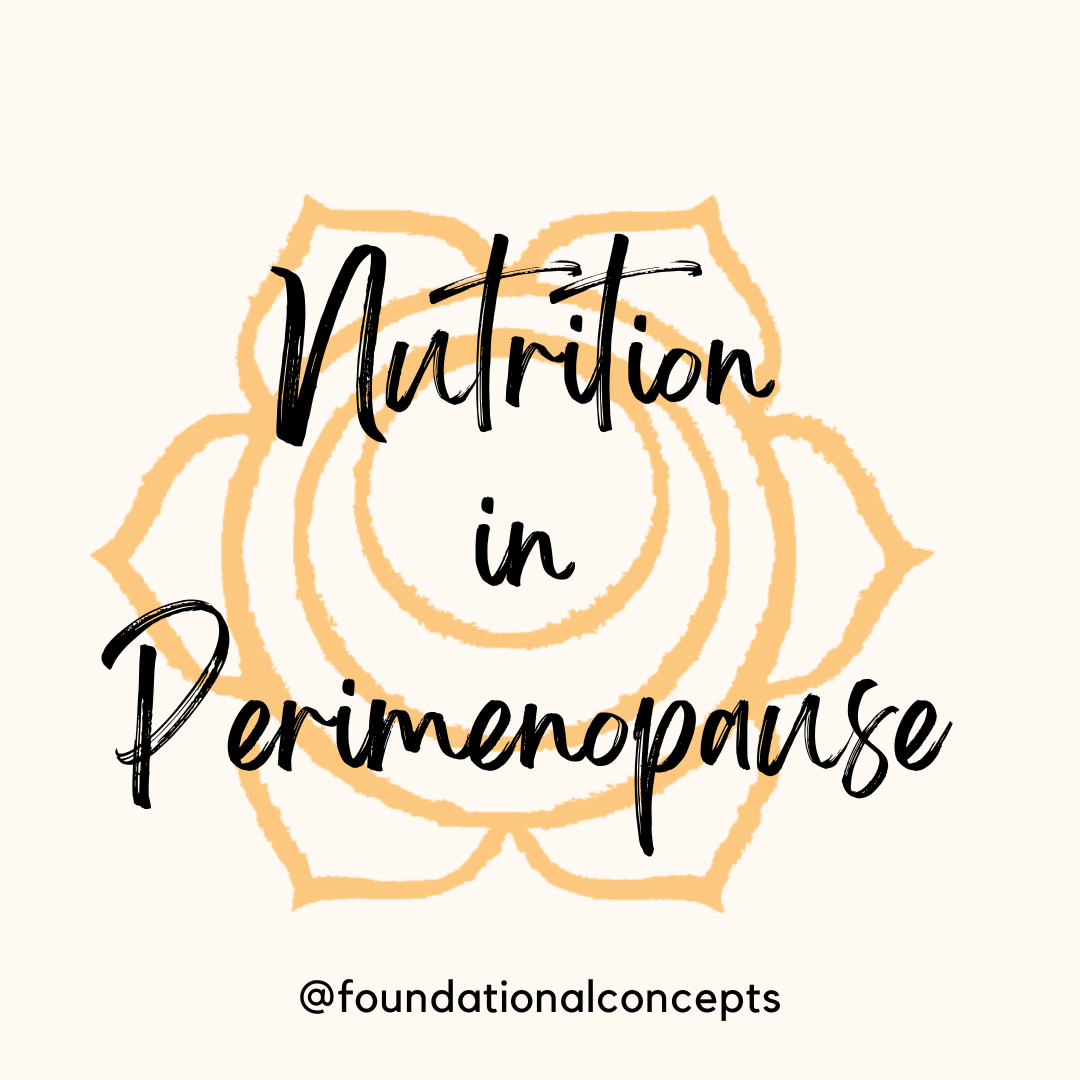Nutrition plays such an important role in our pregnancies and post-partum periods. Breastfeeding requires time…

C-Section Recovery: Returning to Exercise
All the mamas out there who have had c-section deliveries, this one’s for you! Recovery after cesarean is a different process than vaginal delivery, and deserves a special look at progressing activity and exercise. Knowing when to resume your previous exercise routine is important in preventing any injuries or causing any unwanted symptoms like prolapse or incontinence.
Research shows that early ambulation (walking) and return to pre-pregnancy activities is associated with reducing any concerns that are linked to sedentary lifestyles. Walking is great exercise, it is gentle on your recovering body. Let’s give ourselves some credit – C-section is surgery, which is traumatic to tissues. Our bodies deserve patience and time during the recovery period.
Exercise Efforts Post C-Section: Weeks 1-2
Walking: at least 10 min daily
Diaphragmatic Breathing: 5 min daily (for specific instructions in how to diaphragmatically breathe check out our previous blog: https://www.foundationalconcepts.com/the-pelvic-chronicles-blog/diaphragmatic-breathing/ )
Positive Mindfulness: Keep a journal of daily gratitude, just jot down three good things about the day. Healing our bodies works better when we have positive thoughts feeding our nervous system. There are also fun apps that can help you with this, a great one I recommend is Happy Feed.
Exercise Efforts: Weeks 3-6
This period is when the c-section incision should be finishing healing. Any back pain, diastasis, incisional pain, hip pain, pelvic pain or incontinence and prolapse issues will require slow progress. These would all be good reason to see a pelvic physical therapist. If you are not having any of these concerns, the following are good exercises to begin to regain muscle function and strength:
Pelvic Brace: Engage your pelvic floor, abdominal wall and deep spinal muscles. Imagine you are picking up a blueberry with your vagina, feel the lower part of your abdomen gently tighten, and you may or may not feel the deep spinal muscles engage. This system is shut down after surgery and step one to regaining core strength is re-connecting with it. Repeat 10 reps.
Lower Trunk Rotation: Lie on your back with feet flat and knees bent. Roll knees to right side with Inhale; ring knees back to middle with exhale. Repeat to left side, 10 reps
Bridge: Lie on back with feet flat and knees bent. Perform your pelvic brace from before. Lift hips and pelvic off the floor and hold a few seconds. Repeat 10 reps
Scar Massage: Once your c-section incision is well healed, begin scar massage.
Continue walking and diaphragmatic breathing per previous few weeks.
Week 6 and Beyond
If prior to pregnancy you were an avid high-level exerciser, here is where you need to take a moment to SLOW DOWN. After c-section you should resume activity slowly, cautiously and with lower weight and intensity than you were previously used to. Remember, you are just 6 weeks post c-section. Your abdominal wall is still healing. The abdominal fascia regains 50-60% its original tensile strength at 5-6 weeks; 73-93% at 20 weeks. 5 months ladies! Your abdominal fascia is not to its 100% tensile strength. Slow progress until this point will help prevent issues like pain, incontinence and prolapse.
Continue previous exercises from weeks 1-6
Low impact aerobic exercise: work toward 30 minutes daily or 150 minutes per week to the point you can carry on a conversation during.
Strength training: begin with low weights. Any exercise that causes you to hold your breath or strain to accomplish is too hard. If the exercise increases any pain or causes incontinence, it is too hard. Any exercise that causes the feeling of prolapse (heaviness in the pelvis) is too hard – reduce weights or change to a different exercise. Consider seeing a pelvic physical therapist to individualize a program for you in order to avoid injury. Boot camps, cross fit and higher-level yoga and Pilates classes are great, but are not where you want to be this early out. Patience is imperative, and slow and steady wins the race at this stage of recovery.
Yoga: Yoga is a great way to balance flexibility and strength. It is gentle, especially if you find a class that is comfortable with pregnancy and post-partum recovery. It is beneficial in many ways to recovery and return to fitness, and compliments all other forms of exercise very well.
The Bottom Line
Getting back to regular exercise is important for our physical health as well as mental health. In my practice, I find many mamas who try to get back to advanced exercise levels too quickly. The take home here is to take it slow. Don’t exercise at a level that causes any pain, incontinence or prolapse symptoms. Just like athletes need to rehab after an injury, women must progress slowly and gently back to their prior level of activity after C-section.
Don’t go it alone! If you are struggling with returning to exercise, seek out a women’s health physical therapist to help individualize a program for you. This will ensure a safe, effective recovery and healthy return to exercise.
Sarah Dominguez PT, MSPT, CLT, WCS




